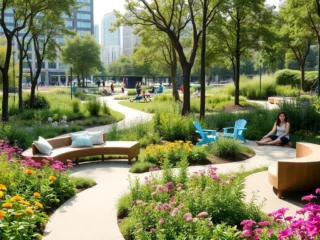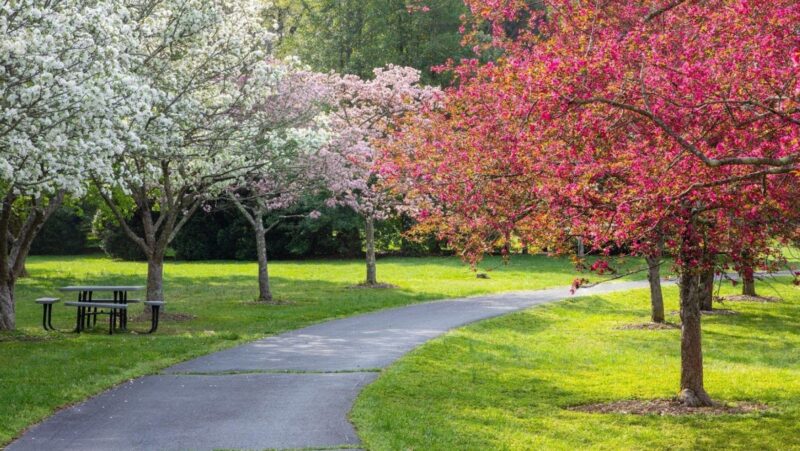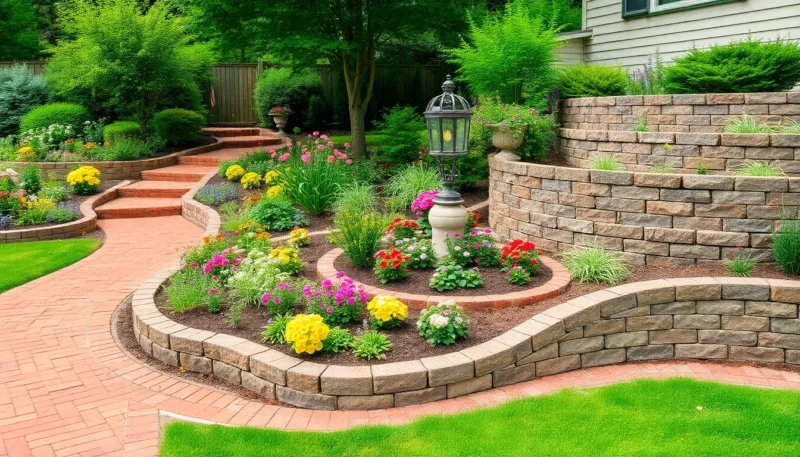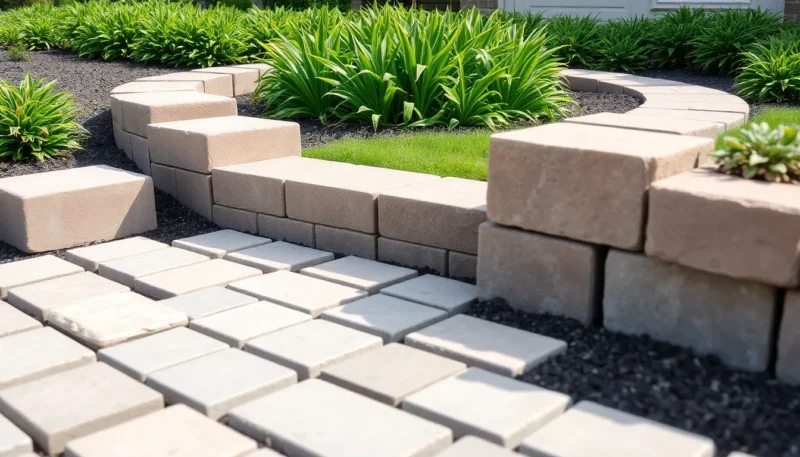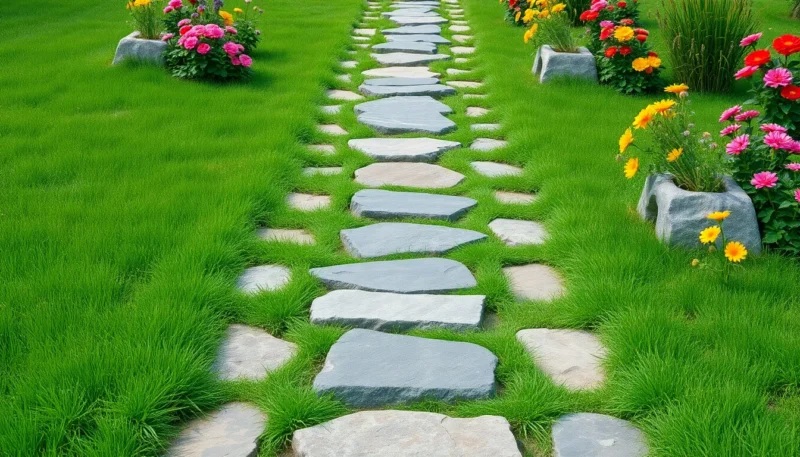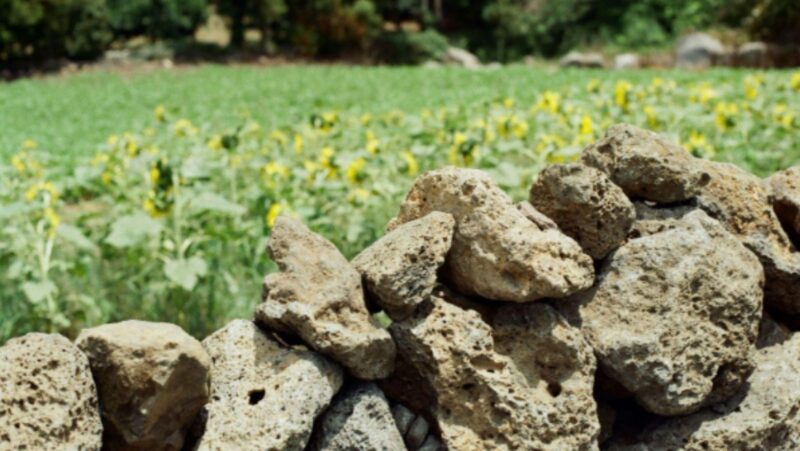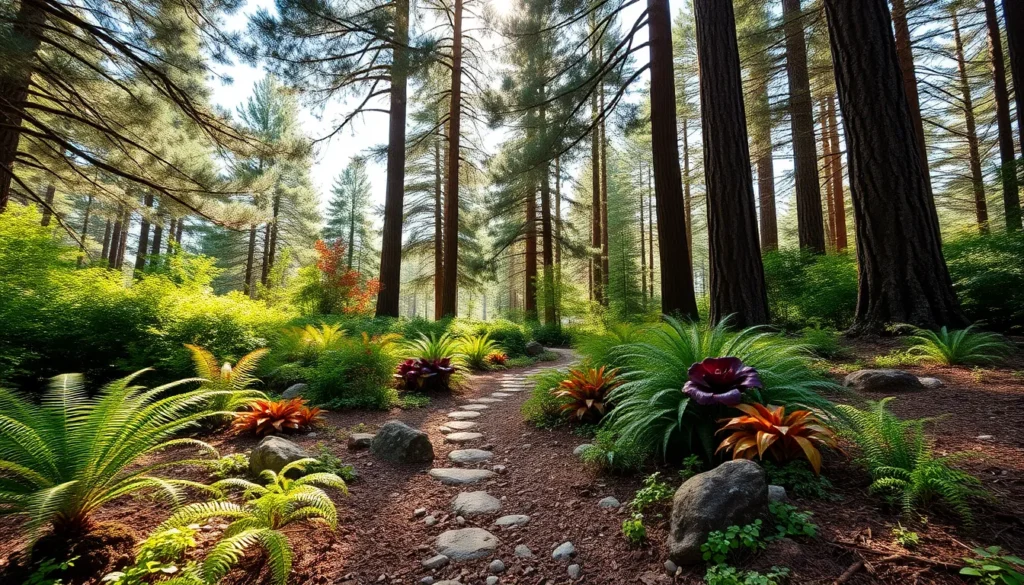
Imagine transforming that shady patch beneath your towering pine trees into a stunning oasis. While many see these areas as barren wastelands filled with pine needles and shade, savvy landscapers know they hold untapped potential. With a little creativity and the right plants, those dark corners can become the envy of the neighborhood rather than a forgotten jungle.
Landscaping Under Pine Trees
Landscaping under pine trees offers numerous advantages. Creative utilization of shaded spaces enhances outdoor ambiance.
Improved Aesthetics
Transforming shaded areas beneath pine trees elevates the overall aesthetics of a yard. Colorful plants and flowers juxtaposed with the greenery of pine needles create vibrant visual interest. Incorporating paths or ground covers designed for shade enhances the garden’s appeal. Popular choices include ferns, hostas, and shade-tolerant perennials. Designing layered plantings adds depth to the landscape. Strategic plant placement frames the pines, creating a harmonious environment.
Enhanced Soil Health
Landscaping under pine trees boosts soil health significantly. Pine needles provide natural mulch, which improves soil moisture retention. Organic matter from fallen needles enriches the soil as they decompose. Increased biodiversity emerges with carefully selected plants that thrive in acidic conditions. Certain plants, like azaleas and rhododendrons, enhance nutrient availability in the soil. Optimize plant selection to focus on native species that support local ecosystems, ensuring a thriving landscape beneath the canopy.
Choosing The Right Plants
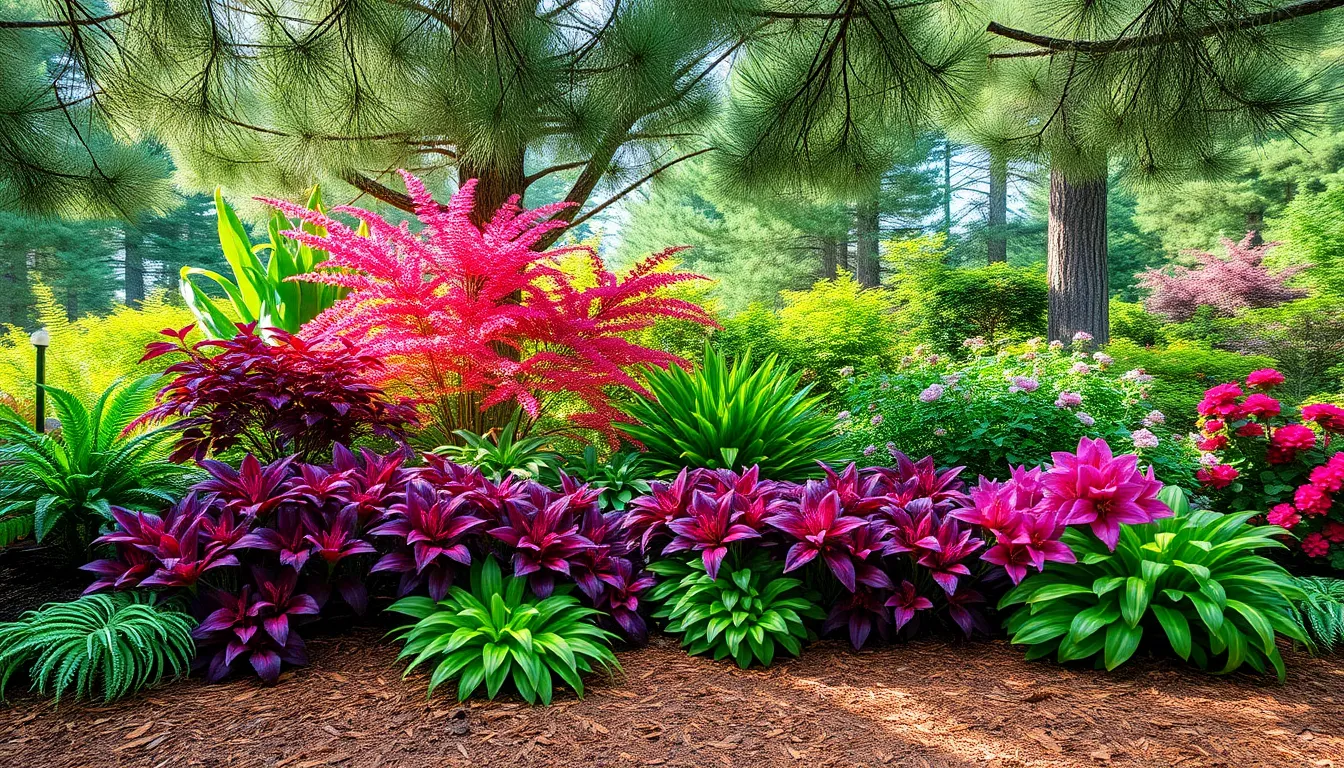
Selecting plants for areas under pine trees involves careful consideration of their unique growing conditions. It’s essential to choose species that thrive in partially shaded environments where pine needles blanket the ground.
Shade-Tolerant Plants
Ferns adapt well to low-light conditions. They provide lush foliage that adds softness beneath the pine canopy. Hostas, with their broad leaves, offer a range of colors and textures, creating visual interest. Impatiens work effectively as ground cover, showcasing vibrant blooms that brighten shaded areas. Also, astilbes contribute height and plume-like flowers, enhancing depth in the garden. Incorporating these plants creates a dynamic landscape that thrives despite limited sunlight.
Acid-Loving Plants
Several plants thrive in acidic soil created by decomposing pine needles. Rhododendrons form stunning clusters of blossoms, making an impressive statement in shaded gardens. Blueberries yield delicious fruit while offering beautiful foliage and seasonal color. Azaleas bring vibrant blooms and diversify the look of the garden. Both ferns and heathers tolerate acidic soil well, adding texture and greenery throughout the year. By selecting these acid-loving plants, gardeners enhance the ecosystem while ensuring lively growth under pine trees.
Maintenance Tips For Landscaping Under Pine Trees
Maintaining a landscape under pine trees requires attention to specific conditions and practices.
Soil Amendments
Acidic soil enhances the growth of many shade-loving plants. Incorporating organic matter like compost can improve soil structure and boost nutrient availability. Gardeners should also consider adding pine bark mulch to enhance acidity while retaining moisture. Lime can reduce soil acidity if a more neutral pH is desired. Regular soil testing helps determine nutrient levels, enabling targeted amendments.
Watering Practices
Watering consistently is crucial for plants under pine trees. Deep watering promotes root growth and resilience against drought. Drip irrigation systems efficiently deliver water without wetting the foliage, minimizing disease risks. Adjust watering frequency based on rainfall and seasonal temperature changes. Monitoring soil moisture ensures plants receive adequate hydration, particularly during hot summer months.
Design Ideas For Landscaping Under Pine Trees
Creating a stunning landscape beneath pine trees involves thoughtful design elements that complement the unique environment. Two effective strategies include incorporating rock gardens and selecting appropriate ground covers.
Rock Gardens
Rock gardens provide texture and visual interest beneath the pine canopy. Placing a variety of stones—such as boulders and pebbles—creates natural focal points. Plants like sedums and dwarf conifers thrive amid the rocks, requiring minimal care while providing color and form. These selections endure drought, making them suitable for shaded areas, and their resilience offers a stunning contrast against the softer, needle-covered forest floor.
Ground Covers
Ground covers play a crucial role in enhancing beauty and maintaining soil health under pine trees. Choosing plants like creeping thyme or ajuga adds vibrant colors and suppresses weeds. These plants also tolerate shade and acidic soil, aligning with the conditions beneath pine canopies. Their sturdy nature helps retain moisture and prevent soil erosion, contributing to a lush, healthy environment. Ground covers create a seamless transition between the trees and surrounding areas, fostering a cohesive landscape design.
Conclusion
Landscaping under pine trees can transform neglected spaces into thriving gardens. By selecting the right plants and incorporating thoughtful design elements, these shaded areas can burst with color and life. The use of native and shade-tolerant species not only enhances visual appeal but also supports local ecosystems.
With proper maintenance practices like soil amendments and consistent watering, gardeners can ensure their landscapes flourish. Embracing the unique conditions beneath pine trees opens up a world of possibilities, allowing for creative and sustainable outdoor spaces that are both beautiful and beneficial.






